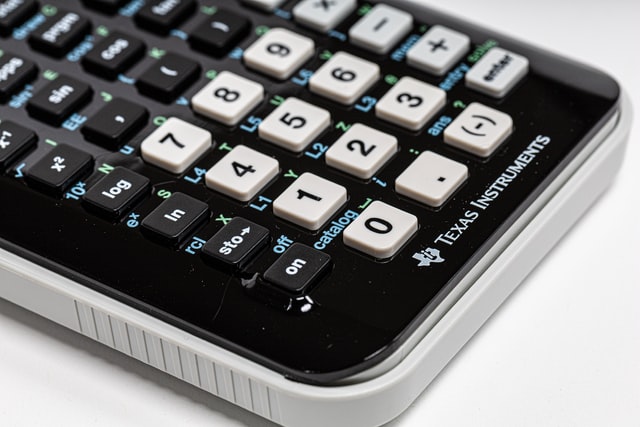Key points of the report:
We have repeatedly stressed that the RMB exchange rate should not depend on the absolute rise or fall, but on its year-on-year yield. The fluctuation of RMB exchange rate is closely related to interest rate parity, and the difference between China and the United States is also closely related to the year-on-year change of US dollar / RMB exchange rate.
On the whole, it is not difficult to understand this round of RMB devaluation. Since the beginning of last year, China's economic fundamentals have been weakening relative to the United States, which has led to the continuous convergence of the rate of RMB appreciation. Recently, after the infinite convergence of the rate of RMB appreciation to 0, the people's currency has finally entered a state of devaluation.
However, it must be said that the depreciation slope of RMB has significantly steepened in the past week, and the pressure may start from the policy and then be transmitted to the market:
1) generally speaking, this round of RMB devaluation is driven by policies. In most trading days, the devaluation range of the central parity (relative to the closing price of the previous day) is greater than that brought by intraday trading;
2) however, since the last two trading days, the situation has changed suddenly and significantly, and the depreciation range of RMB exchange rate during intraday trading has increased significantly.
This change is also not difficult to understand:
1) under China's weak economic fundamentals, if we want to stabilize capital outflow, we must take the initiative to trigger RMB devaluation. At least the RMB devaluation in 20182019 has successfully stabilized cross-border funds;
2) after all, the current fundamentals are unfavorable, which is easy to form a hotbed of devaluation. In addition, there is a slight mismatch between the difference between the nominal growth rate of China and the United States at the historical low and the RMB exchange rate at the historical middle, which means that there is a large devaluation space for the subsequent RMB;
3) this round of continuous adjustment and devaluation of the central parity rate is equivalent to waking up the depreciation trend of RMB in its sleep.
Looking back, the split between China and the United States may continue, which means that the depreciation of the RMB will continue:
1) the economic fluctuation brought about by China's epidemic prevention and control has increased significantly, and the bottom of real estate still does not appear, and the subsequent infrastructure may also become incremental pressure;
2) the US economy may not be bad this year, and the positive spiral of "inflation consumption wage" has obviously appeared. Even if there is pressure on the economy from the subsequent interest rate hike, this pressure may not really affect the US fundamentals until the beginning of next year.
But at present, if the depreciation of RMB is too fast, it will become a new risk point:
1) from 2015 to 2016, we experienced the vicious circle of "devaluation of RMB - capital outflow - forced easing of monetary policy - devaluation of RMB", and the policy should be a taboo;
2) the benign depreciation of RMB has more advantages than disadvantages, but the depreciation of RMB must not be too fast. Under this consideration, the foreign exchange deposit reserve ratio has also been reduced for the first time in 18 years.
In a simple calculation, the exchange rate is at least a constraint on the decline of interest rates in the short term:
1) if the economy is weak, we need to reduce the internal price (interest rate) and external price (exchange rate) of RMB at the same time. It is said that there is no substantive contradiction between interest rate and exchange rate;
2) however, this rhythm must be one after another. Interest rate and exchange rate are mutually accelerating mechanism (low interest rate)
